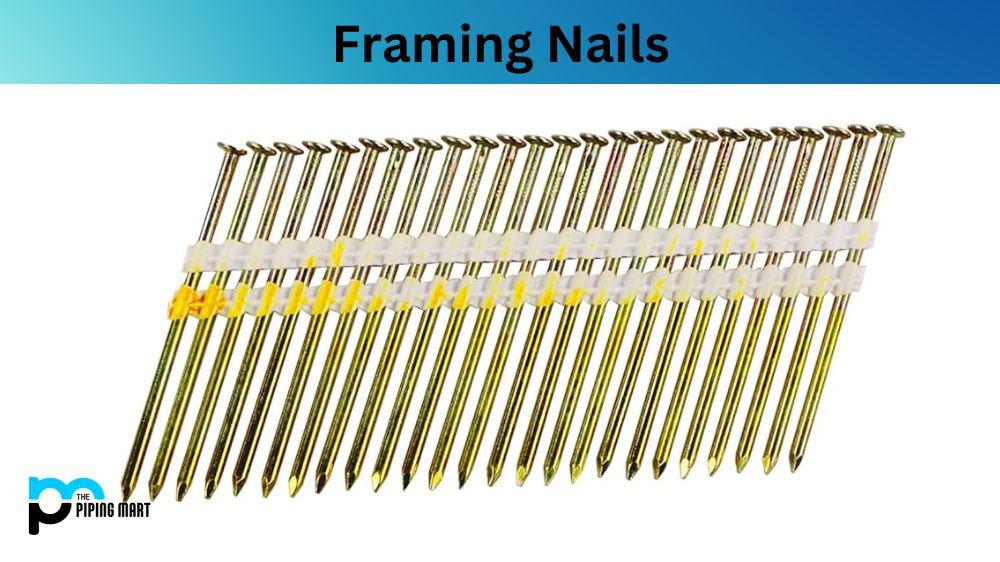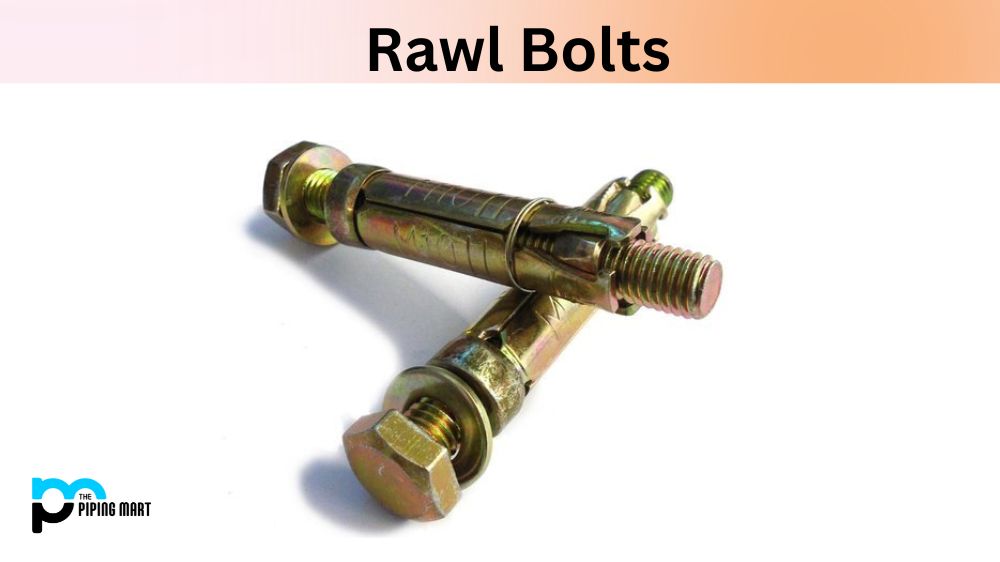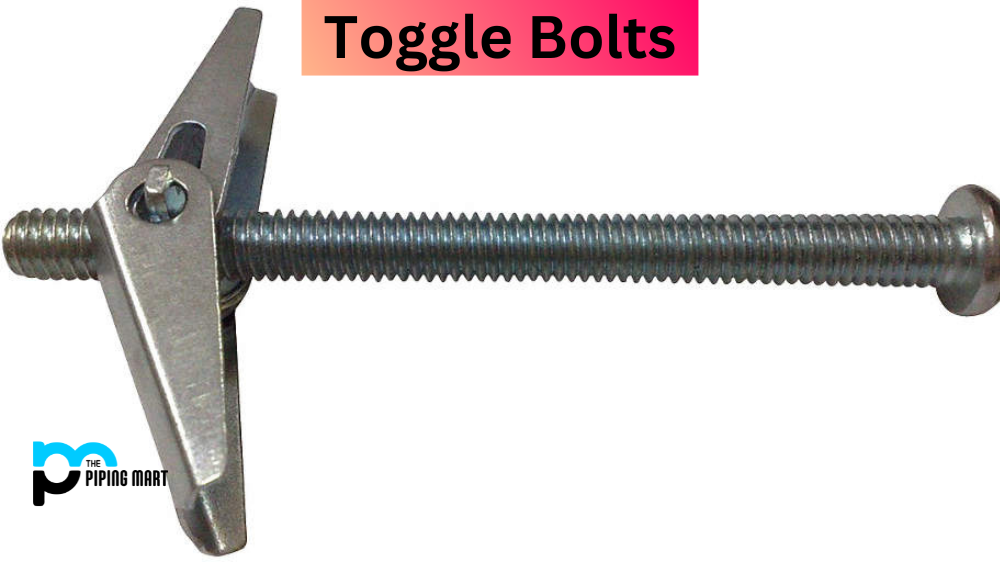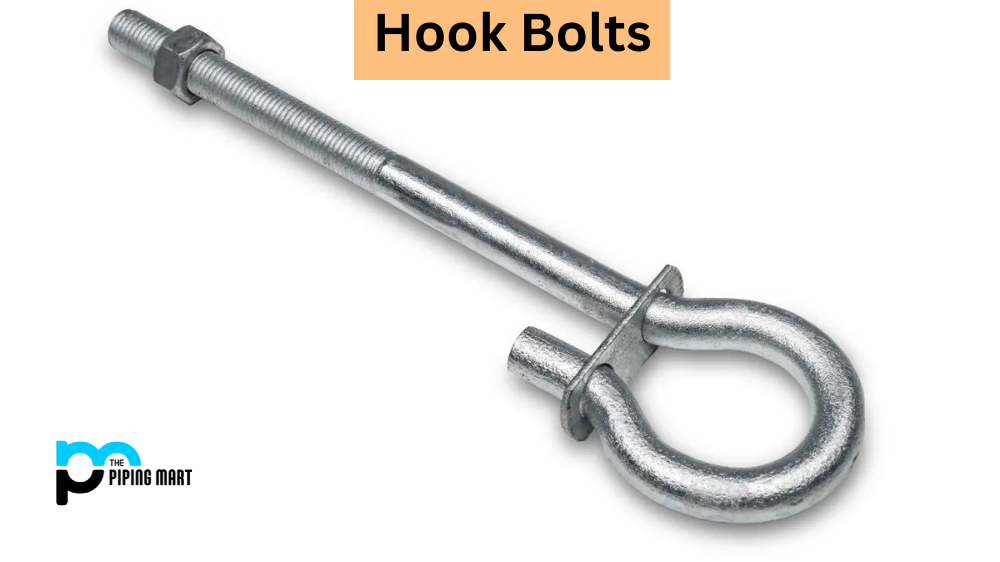If you’re a construction worker or a DIY enthusiast, then you know that not all nails are created equal. Some are made for specific purposes, while others can be used for a variety of projects. Among the most commonly used nails in framing is the framing nail, which comes in various types. In this post, we’ll take a closer look at different types of framing nails and their applications.
Types of Framing Nails:
Common Nails –
Common nails are the most widely used type of framing nails. These nails have a smooth shank and a thick head, which makes them suitable for general framing work, such as fixing studs to plates or attaching sheathing to studs. They come in different lengths, from 1-1/4 inches to 6 inches. The thicker shank provides better holding power and resists bending, which makes them ideal for heavy-duty projects.
Box Nails –
Box nails, also known as sinker nails, are thinner than common nails but have a similar length. These nails have a smaller head, which makes them sit flush with the wood surface. They’re ideal for small projects such as nailing down roof sheathing or flooring. Due to their thin shank, they may not be the best option for heavy-duty construction work.
Joist Hanger Nails –
Joist hanger nails are specially made for attaching joist hangers to wood beams. These nails are short and have a large head, which provides a secure hold. They come in two types: paper tape and plastic strips. Paper tape nails are held together by a strip of paper, which reduces jamming and increases efficiency. Plastic strip nails use plastic strips, which are better suited for outdoor work as they can resist moisture better than paper strips.
Duplex Nails –
Duplex nails, also known as double-headed nails, have two heads and a sharp, pointed end. They’re commonly used in temporary construction, such as forming concrete or building scaffolding. One end of the nail is driven into the wood, and the other end sticks out for easy removal.
Framing Screw –
While it’s not a nail, a framing screw is a popular alternative to nails. Screws have a tighter grip and are more resistant to bending or pulling out. They’re especially useful when working with hardwoods or attaching materials to metal framing. Screws come in different lengths and thicknesses, and you can use them with a screw gun for speedy installation.
Conclusion:
Choosing the right nail for a job is essential, as it affects the stability and longevity of a project. Understanding the properties and applications of different types of framing nails can save you time and money and ensure the best results. By familiarizing yourself with common, box, joist hanger, duplex, and framing screws, you can choose the right type of nail for your project and guarantee a job well done. So, go ahead and equip yourself with the right tools for a seamless construction process.

A passionate metal industry expert and blogger. With over 5 years of experience in the field, Palak brings a wealth of knowledge and insight to her writing. Whether discussing the latest trends in the metal industry or sharing tips, she is dedicated to helping others succeed in the metal industry.




